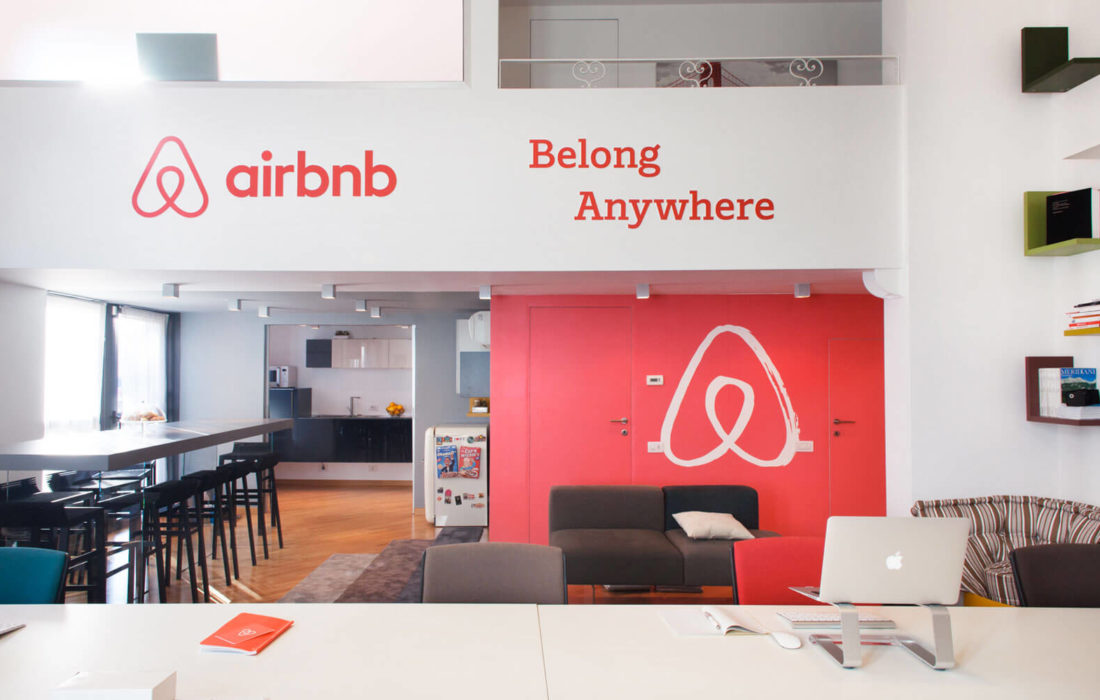Many entrepreneurs think that they need to pivot to survive the next period. That is true. But then again it depends on how you define pivoting.
During many of my previous mentoring sessions, entrepreneurs told me, “We are going to pivot and sell sanitizers and medical face masks” or “We are going to sell groceries.” But I mean who would buy groceries from a tourism tech startup or buy sanitizers from a food delivery company?!
This is not pivoting and definitely isn’t business model innovation.
What Is Pivoting?
Eric Ries, the author of the Lean Startup defines pivoting as change of strategy without change in vision. If we apply this definition to the earlier examples, it does not apply. Many people also think that pivoting is actually the easy answer to any trouble with the business model. However, that is a myth.
If you can make one pivot successfully, then you are a hero. Pivoting is not something you can do many times over. It will strain your resources, burn your cash and most importantly make you lose your team and their faith in you. Not forgetting that you will be pivoting during what can only be described as a very challenging time, to say the least.
Take a breath, take a step back and think.
If you are an early phase startup, do not pivot. Just don’t launch. It is not yet the right time for you. Unless, you have a special value proposition that can blossom under the current conditions. Otherwise, be patient and wait for the right moment for you to move forward with your plans.
If you are a two to three year old startup and your product/service actually lost its relevance because of these fast changing times, then we need to talk about a pivot.
How Can You Pivot?
First of all, you need to evaluate the strength of your infrastructure. In other words, what did you spend time, effort and money building since your startup was founded?
Depending on your industry, it can vary from logistics or production, to the capabilities of your marketing,design, or sales teams. Your infrastructure is key to your pivot deployment later. Therefore, it is important to be realistic about what it can do if pushed to its maximum.
Secondly, let’s talk about value propositions. You must make sure that you are thinking about the value and not the product or service itself. It is not what you sell but the difference what you are selling makes for customers.
Focus on the value you are offering to your customers and not the product you are selling. How you are solving a problem and not the shape of it. Focus on your value proposition and try to understand what components in this value proposition are most attractive to your customer, consider minimizing your offering to it and translate that into a straight forward product or service.
A Practical Example
In one of my mentoring sessions, a startup offering healthy lunch boxes for school children, suddenly did not have a market. Schools were closed and parents were no longer interested in the service. Therefore, they stopped their subscription to the service.
The founders of the startup felt like it was the end of the world for them. They attempted to create a snack box for kids at home, but they got very little results from that attempt. They were focussed on the product and not on the value.
When I asked them what the value they were offering to the parents was, they answered pre-prepared lunch boxes. Well that was a confirmation of their focus on the product and not on the value.
The value that this startup actually offered was to give parents the ability to take care of their kids by offering them healthy food options in an efficient and less hectic manner. This is their value.
Here, the conversation became more interesting and more interesting questions were raised. How can we zoom in on the value proposition to make the product offering relevant again within the current situation?
Most of the subscribed parents were at home with their kids 24/7. The parents did not have a moment to themselves. And that was not easy. They are no longer able to efficiently take care of their kids and themselves. The balance that the school offered of time apart so that parents can manage other things as well as rest from their parental full time jobs, disappeared. They are no longer able to take care of their kids, efficiently and effectively.
So what if you helped them restore that balance? What if you offered the parents a fun box of games, coloring books and educational entertainment that parents can hire to entertain the kids for a couple of hours a day and give them the opportunity to relax? Wouldn’t that be offering the same value but with a different product?
Focus on Value Creation
Remember, customers don’t buy products or services. They hire products/services to give them a sense of progress. So do not think of products and think hired value within the context of the new reality. Use this simple product innovation example to create value for your customers. After all, as a startup you are in the business of value creation.
Building on top of the existing infrastructure of delivery network and database of subscribed parents, the startup was able to quickly give the parents back their sense of balance of taking care of their kids efficiently and effectively.
So focus on the value and leverage the infrastructure that you have built to make a quick and cheap pivot. Your product or service may not be relevant for the time being, but the value your company can offer is. Materialize it quickly into a new product or service and launch it. Ask questions and most important of all: be inspired by your customers, always.
Goodwill and respect.
If you see something out of place or would like to contribute to this story, check out our Ethics and Policy section.
If you see something out of place or would like to contribute to this story, check out our Ethics and Policy section.














